With the 2024 General Election now less than a week away, one issue still seems to be confusing many Ohio voters: Issue 1.
Dr. Melissa Miller, a political science professor at BGSU, believes this confusion may even cause some voters to leave Issue 1 blank on their ballots.
“The activists’ signs say ‘ban gerrymandering, vote yes on Issue 1’ and the opposition signs say ‘end gerrymandering, vote no on Issue 1.’ People are very rightly and understandably confused about this,” Miller said.
What would Issue 1 change?
Issue 1 is a proposed amendment to the Ohio Constitution that would take the responsibility of drawing Ohio’s district maps from a committee of elected politicians and give it to an independent committee of five Republicans, five Democrats and five independents. The members of this committee could not be politicians nor have served in an elected office within the past five years.
“It would dramatically alter the way state legislative and congressional districts are drawn, which happens every ten years after the U.S. Census is taken,” Miller said.
The maps drawn by Ohio politicians in recent years are widely considered to be gerrymandered, a term used to describe when a district is drawn to give an unfair advantage to one party. In Ohio, many believe maps are drawn to give Republicans a statewide advantage. For example, of Ohio’s 15 congressional districts, five are held by Democrats, while ten are held by Republicans.
In 2015 and 2018, Ohio voters overwhelmingly supported measures that attempted to create fair district maps. Miller said, however, those measures had “big loopholes and elected officials took advantage of that.”
The argument for Issue 1
The proponent of Issue 1 is Citizens Not Politicians, a non-partisan group led by Former Ohio Chief Justice Maureen O’Connor, who is a Republican. Among the groups supporting the measure are the League of Women Voters of Ohio, Ohio NAACP and Ohio Democratic Party.
Lola Flick, the vice president of BGSU College Democrats, says she voted yes on Issue 1 because it would create more competitive elections, a claim that was backed up by Miller.
“It’s hard how to see it’s not a benefit,” Flick said while talking about her support of the measure.
Flick said current maps “dilute” voters because many politicians have a nearly guaranteed win because of the way their district is drawn. She cited the ninth district, which stretches from Defiance County to Erie County, stating that limits the voice of Toledo, which has a high number of Democratic voters.
Having more competitive districts is another reason that Flick mentioned when discussing Issue 1. She said that more competitive districts would require politicians to better represent their districts because they risk a competitive reelection if they do not. “Making our politicians sweat is a good thing,” she added.
The argument against Issue 1
The main opponent of Issue 1 is the Ohio Republican Party. The Ohio Farm Bureau and Ohio Gun Owners are also opposing the measure.
Signs placed by the Ohio Republican Party say voting no on Issue 1 would “stop gerrymandering.” BG Falcon Media made requests to the Ohio Republican Party and Wood County Republicans for comment on the measure. Neither had responded by the publishing deadline.
Dr. Miller explained that Republicans may mean “because the goal is to draw more competitive districts, they’re still calling that gerrymandering, in the sense that now the goal will be to call districts where Democrats and Republicans can both compete. There won’t be as many of these solidly democratic or solidly republican districts.”
Another claim by Republicans is that if Issue 1 passes, the control would be taken out of the hands of a committee elected by the citizens and into a committee not controlled by citizens. Dr. Miller says, “Activists in favor of the measure are thinking that is preferable to having politicians draw districts to reelect members of their own party, so there are almost two sides to this coin.”
What else to know about Issue 1
October polling from BG Polls and YouGov found that approximately 56.5% of voters plan to vote yes on Issue 1. Additionally, one in ten Ohio voters still say they have heard nothing about the measure; however, that is down from three in ten from September’s polling.
Dr. Miller says this busy election, as well as the wording of Issue 1 on the ballot, may confuse some voters, causing some to leave it blank.
“The presidential race and the senate race are really sucking all of the oxygen out of the room. Voters are being subjected to so much campaign advertising,” Dr. Miller explained. “I don’t know if voters have enough bandwidth to pay close attention to Issue 1.”
The Republican-controlled Ohio Ballot Board chose to use alternate language from a group opposing the measure that is three-pages-long single-spaced.
Following a decision from the Ohio Supreme Court supporting this language, Republican Secretary of State and Ohio Ballot Board Chairperson Frank LaRose said in a statement, “It won’t stop the false advertising that’s about to get dumped on the airwaves, but at least the voters will know the facts if they read the accurate summary on their ballot.”
Dr. Miller says that the long ballot language and the placement of Issue 1 at the end of the ballot could lead to “voter drop-off,” which is when a voter turns in their ballot with the issue left blank.
Either way, citing the October BGSU Poll, Dr. Miller believes the results of the measure will be close.
For more information on Issue 1, voters can view the full measure here.


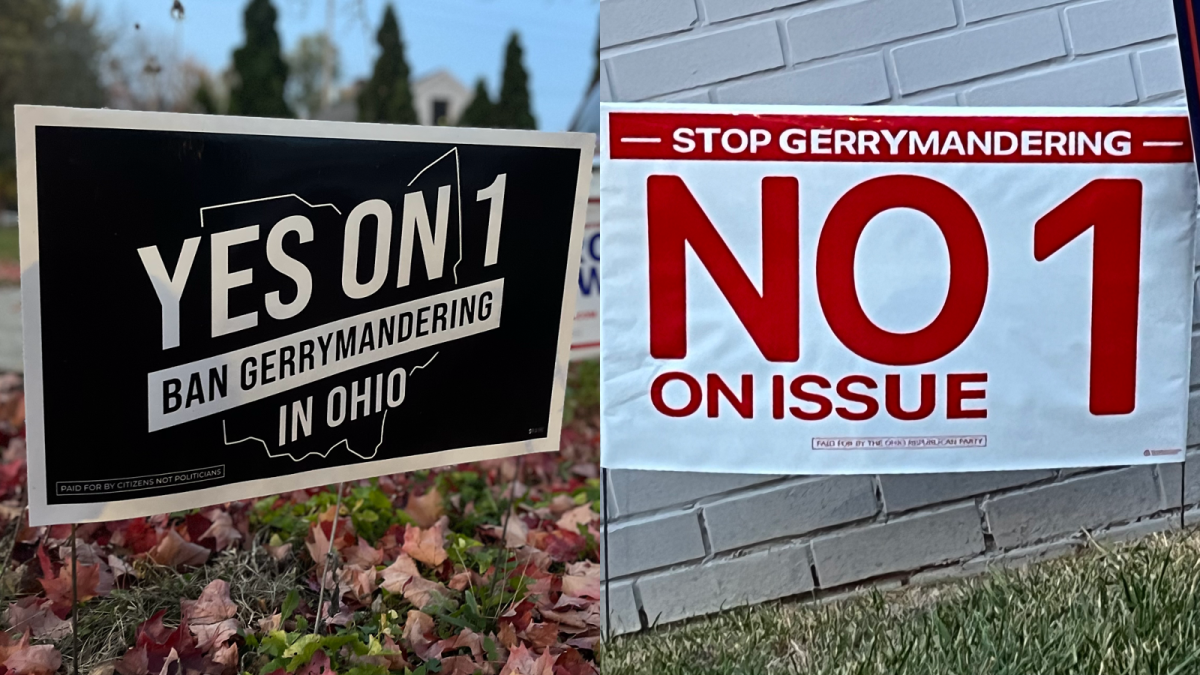
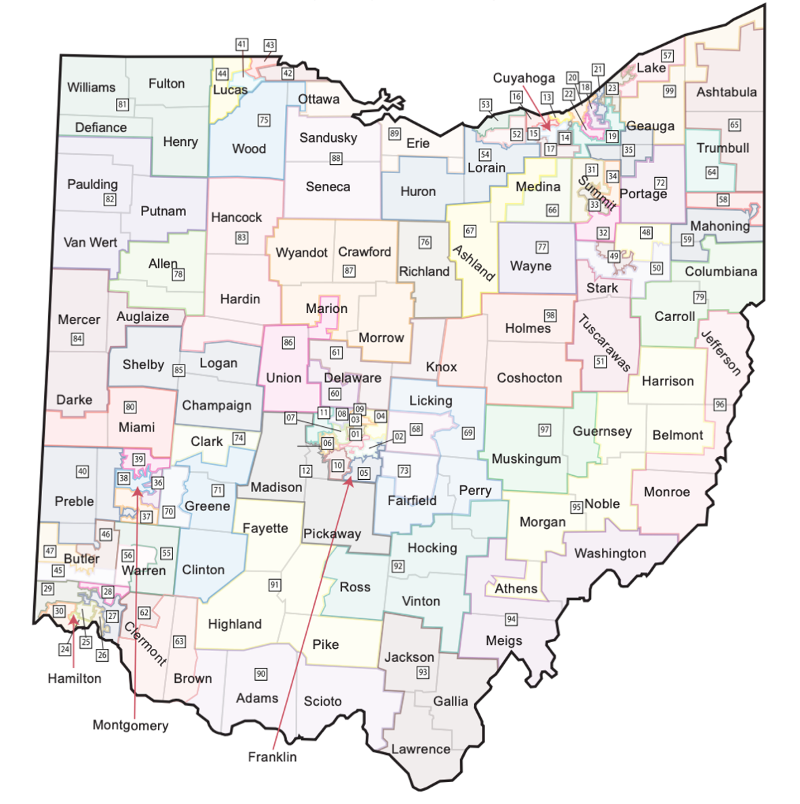



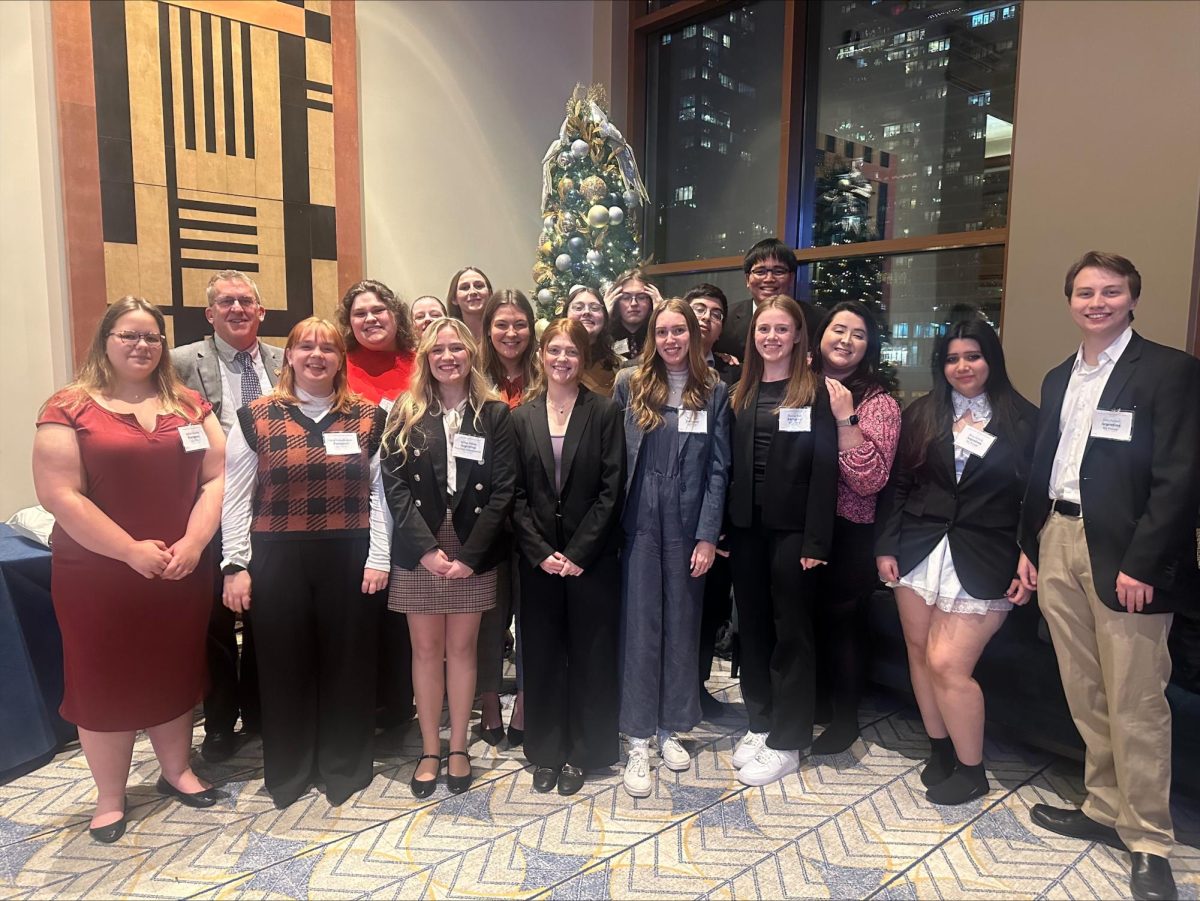


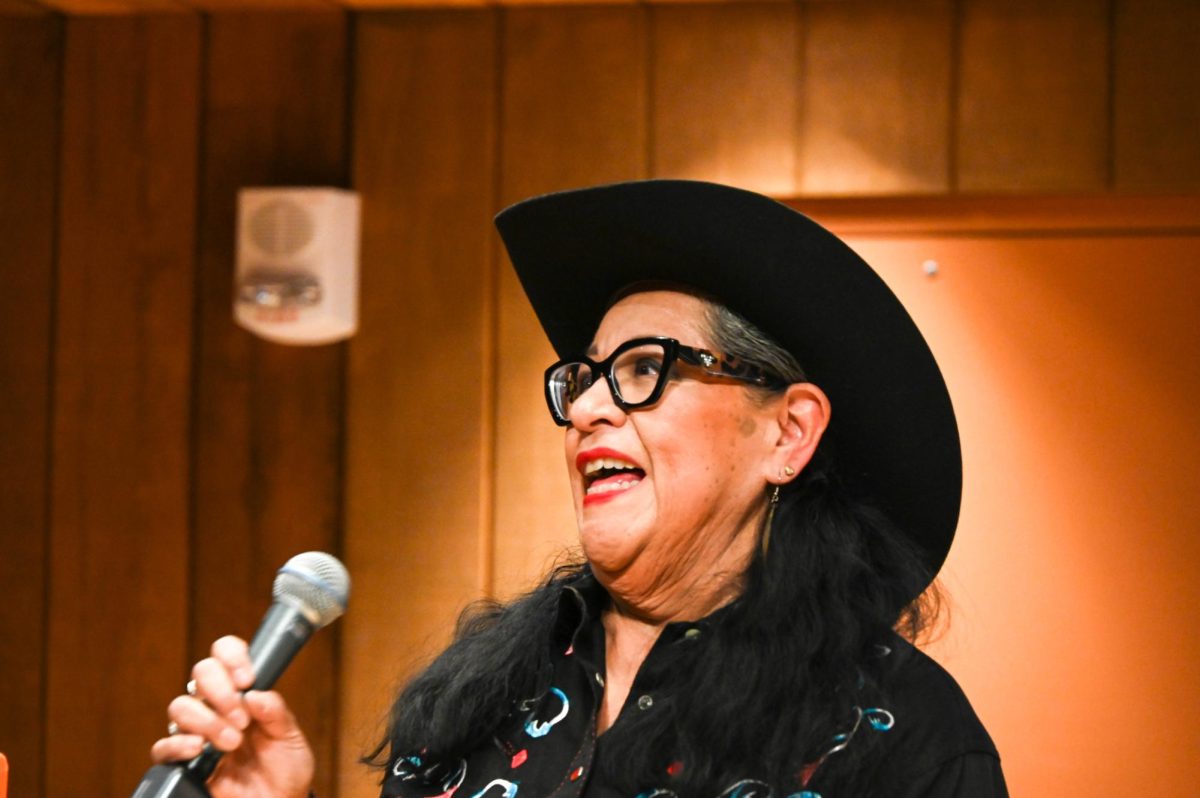
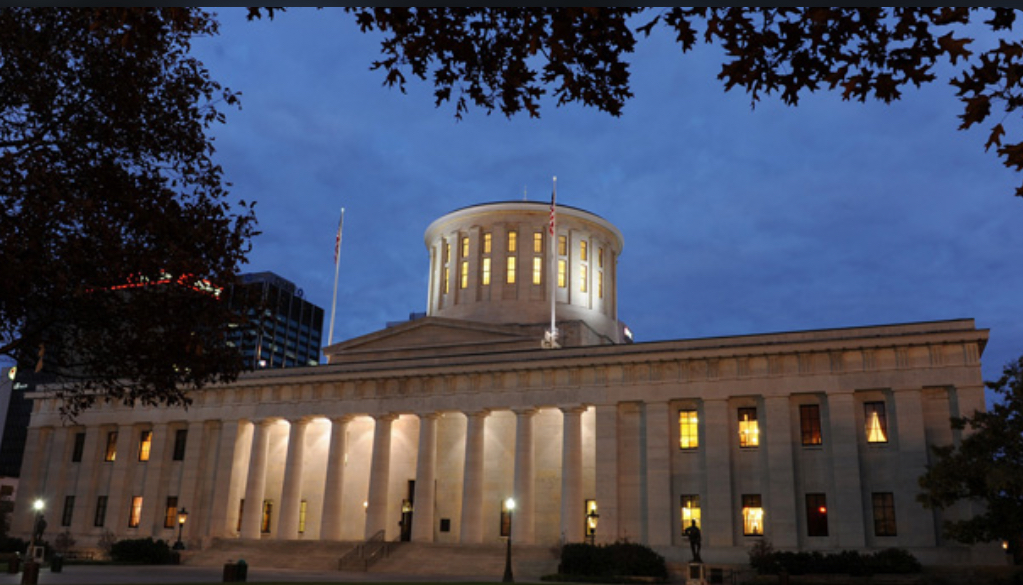
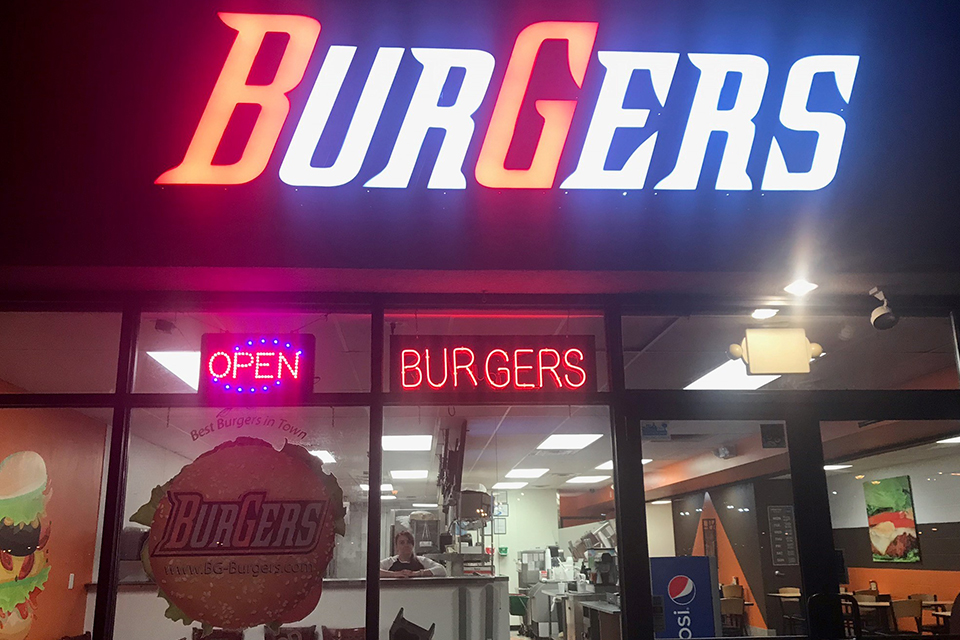









Geoff Wise • Oct 30, 2024 at 7:21 pm
This article misconstrues the aim of Ohio Issue 1, which is NOT to draw more competitive districts. It is to set the number of blue and red (Dem and GOP-favoring) districts to be close to proportional to Dem/GOP vote splits in the median of recent statewide elections. There is nothing in the amendment text about district competitiveness.
If Issue 1 passes, competitiveness may go up slightly, but only because to draw enough blue seats in a GOP-leaning state, there will be a large number of light blue seats. There will likely be fewer light red seats. Happy to explain more. @GeoffWise3 on X